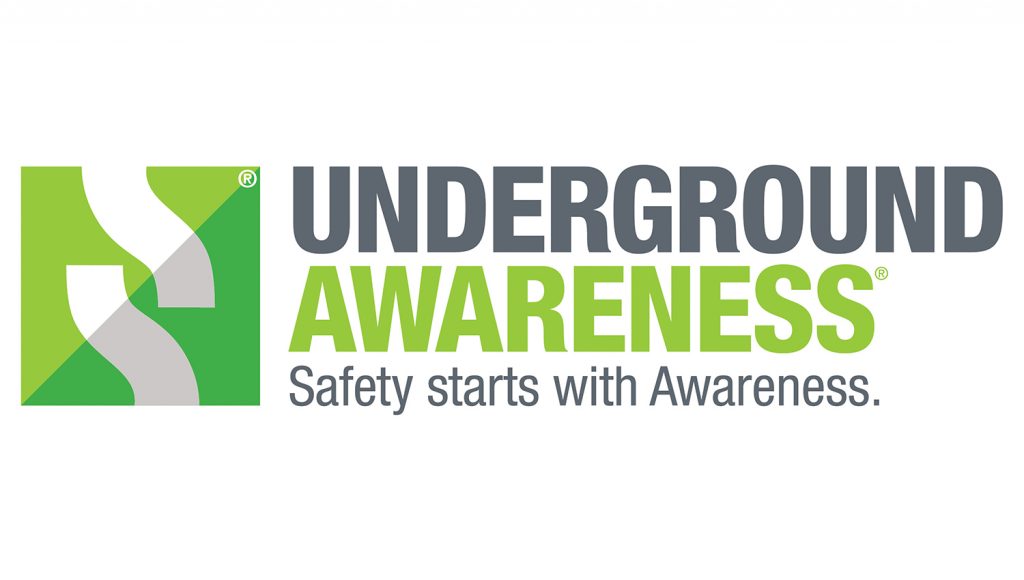Preventing Damage To Underground Infrastructure.

Constructing and repairing underground outside plant infrastructure are complex tasks that involve multiple factors. One of the most critical factors is how to safely avoid damaging existing buried pipes, conduits, and cables.
While the Common Ground Alliance (CGA) publishes a Best Practices Guide recognized as the most comprehensive guideline for preventing damage to underground facilities, and despite technological advancements made in preventing damage to buried infrastructure, accidental utility hits continue to happen on daily basis.
These incidents can cause significant issues resulting in the disruption of essential services, property damage, costly delays in construction, and serious injuries—even death. Their aftermath often includes litigation with costly legal fees and, sometimes, judgments that can force a contractor out of business.
Identifying the presence of utilities on job sites during the planning stages is an important first step in preventing utility hits. Utilizing the One-Call locating service is the first step in locating and marking buried pipe and cable prior to excavation or boring. However, the crew that arrives on a utility construction site has no role in the One-Call notification and marking process. It is all arranged and executed by others. Therefore, the foreman or supervisor of a project must not blindly assume that paint and flags marking buried infrastructure are, in fact, accurate.
Supervisors and crew members must have what we call “underground awareness”—making themselves aware of what is underground and out of sight.
Awareness of the underground means nothing can be taken for granted.
Locations of nearby utilities may be marked, but are the markings accurate?
Are there utilities present that were not marked? Failure to consider these possibilities can have serious consequences. Inaccurate locates and markings continue to be a leading cause of accidental damage to utilities. There are times that the One-Call process fails, and marking is not done before a construction crew arrives.
Never begin excavating, trenching, boring, or drilling without knowing locations of existing utilities.
A careful visual inspection of the job site may reveal indications that other utilities are present. Gas meters, electrical boxes, and communications pedestals could mean there are buried lines.
Even when locations are confirmed, it often is necessary to pothole—physically digging a small hole to visibly confirm the exact location of a pipe or cable—when adjacent utilities parallel or cross the path of the new installation. Even if flag or paint markings are accurate, personnel must understand that all utility providers are not One-Call members and in many areas, water and sewer lines may not be marked.
Also, on-site personnel should be aware of tolerances required for depths of new installations and distances they should be away from existing facilities. Local codes and ordinances may be applicable. Depending on local requirements, new installations must be either 18 or 24 inches from a utility already in place. Locations of most utilities usually are measured from the outer edge, assuming the width is represented accurately by marks or the size of utility is provided and that single painted lines represent the center of the utility.
When a project is outside public right-of-way or the work location is on private property such as educational institutions, government complexes, or business parks, One-Call will not make locates and the responsibility falls on the property owner, primary contractor, and sometimes the utility contractor.
Regardless of who locates and marks buried facilities, many contractors have found it’s worth the time and effort to confirm the locations with their own personnel and locating equipment. When locating responsibilities fall on them, they must have the equipment to do the job or hire a locating specialist.
There are three basic locating options:
Electromagnetic Locators
Electromagnetic locators are the primary locating tool used by utilities, contract locators, and underground construction contractors. Electromagnetic locators are relatively easy to operate and when correctly used, are accurate. An electromagnetic system consists of a handheld receiver and small transmitter.
The operator walks above where utilities are expected to be, and the receiver locates underground pipe and cable by detecting magnetic fields created by electrical current passing through the lines. Information is displayed on a window at the top of the receiver.
For communications cable and metallic pipe, the small transmitter is connected to cable or pipe and sends current through the line to create a signal which is detected by the receiver. For plastic pipe with tracer wire, the wire is energized by the transmitter to provide a signal that the receiver can pick up.
Electromagnetic equipment has advanced significantly in the past several years.
For example, the Subsite® UtiliGuard® 2 utilizes GPS positioning and has an Ambient Interference Measurement (AIM™) feature that scans the surrounding area for noise that could interfere with the locating signal and recommends the best frequencies to make the fastest, most accurate locate. The system provides both horizontal location and depth of the line being located.
The primary shortcoming of electromagnetic locators is the necessity for the presence of current flow to make the locate.
Ground Penetrating Radar (GPR) Locators
Ground penetrating radar (GPR) utility locaters avoid the need for electrical current to find buried utilities. The GPR locating component, mounted on a wheel platform, is pushed across the work area as electromagnetic impulses are generated downward into the earth. These signals bounce off buried objects, reflecting back to a receiving antenna, which the GPR unit converts to a graphic representation of the underground that is displayed on a screen mounted on the operator’s handle. While GPR equipment can perform in situations that are beyond the capabilities of conventional electromagnetic locators, they also find rocks, chunks of concrete, other debris, and tree roots, making interpretation of the screen sometimes challenging.
The most significant limitation to GPR locators is they don’t work in dense, highly compacted soils. Since their effectiveness is directly linked to soil conditions, that has limited their use for utility locating. However, recent models are addressing that issue.
Potholing
The best way to be absolutely certain of the location of a buried utility is to actually see it. Uncovering buried lines is nothing new, and for years it was done with a backhoe, compact locator, or by hand with shovels. However, mechanical methods run the risk of damaging the utilities they seek to protect.
Vacuum excavators have changed the “potholing” process. Using “soft” excavation technology employing either high-pressure water or air, a vacuum excavator can dig a one-foot-square, five-foot deep pothole in about 20 minutes without the risk of damaging the pipe or cable being located. As easements become more crowded with buried utilities, many project owners, primary contractors, and regulatory agencies mandate potholing any time a new installation crosses or closely parallels an existing utility.
Most vacuum excavators on utility projects are compact trailer models, although truck-mounted models also are available.
In addition to potholing, dual-purpose vacuum excavators are all-purpose vacuums and have become the primary method of keeping directional drilling work sites clear of drilling fluids escaping the bore hole.
The first step in preventing accidental underground strikes is education. Following the guidelines put forth in the CGS’s Best Practices Guide (available online at commongroundalliance.com) is key. This will not only reduce the risk of damaging utility infrastructure, it will reduce the risk of injury to construction personnel and the general public. Avoiding shortcuts and reliance on others is the next step in ensuring a safer job site. There is no substitute for gaining accurate underground awareness for yourself.
For additional safety information such as the color codes for marked utilities, safety bulletins and brochure, visit subsite.com/safety.
About Subsite® Electronics
Subsite® Electronics is committed to providing underground construction professionals the most comprehensive suite of electronic products in the industry, including utility locators, Horizontal Directional Drilling (HDD) guidance equipment, utility inspection systems, and equipment machine controls. By utilizing innovative technologies, extensive market feedback and outstanding customer support, Subsite has established itself as the premier source of electronic technology to support the installation, maintenance and inspection of underground pipe and cable. For more information, visit subsite.com.
